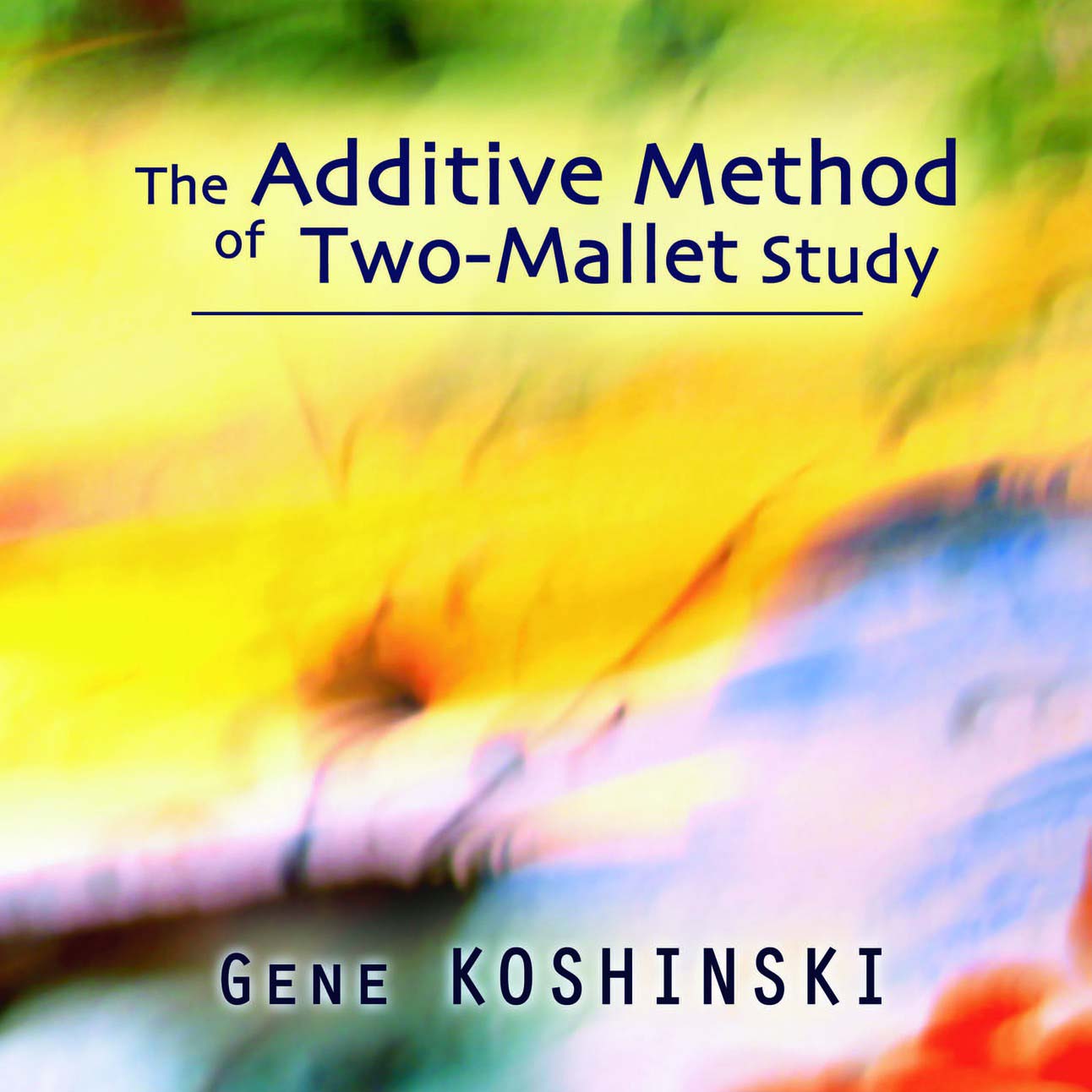The Additive Method of
Two-Mallet Study
keyboard fundamentals method book
Throughout my career I have taken special interest in the two-mallet keyboard percussion solo repertoire. The music is eloquent and rich from its early stages in ragtime xylophone to today's contemporary art music. Key performers such as George Hamilton Green, Sammy Herman, Clair Omar Musser, Bob Becker and Evelyn Glennie have dazzled audiences with their mastery of two-mallet performance.
With four-mallet keyboard playing as popular as it is, many percussionists tend to gloss over their two-mallet studies in order to perform four-mallet repertoire. The study of two-mallet keyboard percussion should not just be a stepping stone to four-mallet study. These are two different, yet related, types of percussion playing with their own technical idiosyncrasies and their own contributions to one's overall musicianship. I am a firm believer that concentrated study of two-mallet performance will greatly improve your snare drum, timpani, drum set, and four-mallet skills just as it will improve your musicianship on hand drums, or any other percussion instrument. In return, the study of other percussion instruments will greatly improve your two-mallet keyboard skills.
The inspiration to create this method came from my experience with improvisation. My two-mallet technical studies often involved improvised exercises that were enjoyable and addressed my own personal strengths and weaknesses. I found that "cookie cutter" exercises were not nearly as effective as those directly aimed at my playing. In the end, musicians should take note that everyone has their own unique profile. The Additive Method offers the percussionist the opportunity to create a personal practice routine which can evolve along with their individual musical needs.
Gene Koshinski
Hartford, Connecticut (2007)
